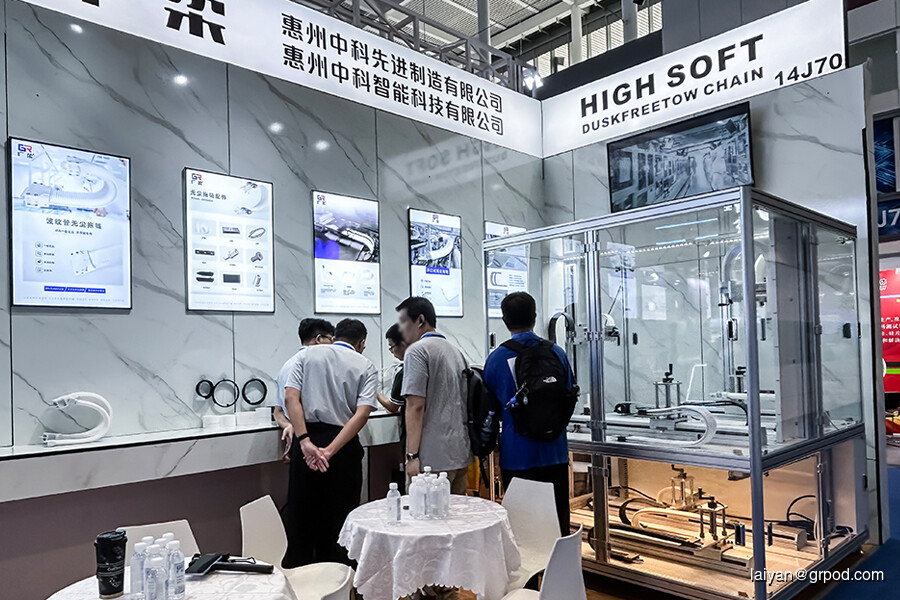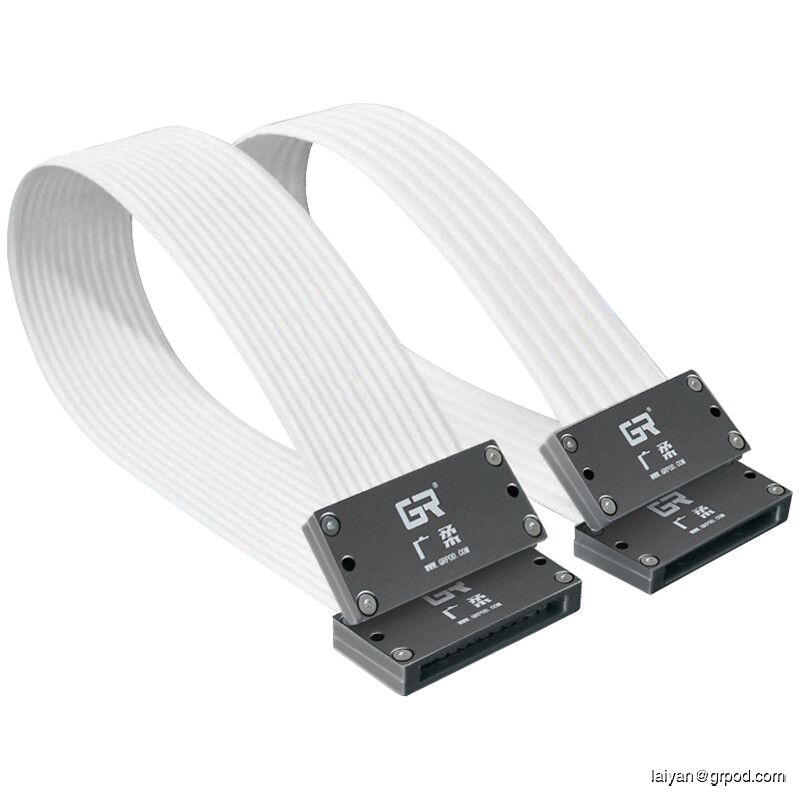
Drag chains are essential components in cleanroom total harness systems, offering significant benefits in maintaining operational efficiency and minimizing contamination risks. Their structured design facilitates the organized routing of cables and hoses, which is crucial in high-cleanliness environments. These systems are engineered from materials that resist wear and tear, ensuring durability under demanding conditions. In addition, the anti-static properties of many drag chains play a pivotal role in preventing electrostatic discharge, a critical factor in sensitive manufacturing processes. Regular maintenance and proper installation of drag chains further enhance their effectiveness and reliability, solidifying their importance in maintaining stringent cleanliness standards across various industries. By implementing drag chain solutions effectively, cleanroom operations can achieve higher productivity while ensuring compliance with industry regulations.
Understanding Drag Chains in Clean Room Total Harness Systems
Drag chains play a pivotal role in clean room total harness systems, primarily designed to manage and protect cables and hoses, ensuring they operate efficiently within high-cleanliness environments. A cleanroom drag chain provides a structured means of routing these components, minimizing the risk of contamination from airborne particles. The openable design allows for quick access and easy maintenance, which is crucial for maintaining stringent cleanliness standards. These chains are constructed from materials that are resistant to abrasion, oils, and chemicals, contributing to their durability in demanding cleanroom applications.
Key Features of Cleanroom Drag Chains
| Feature | Description |
|---|---|
| Contamination Control | Reduces the risk of introducing particles |
| Durability | Withstands recurring movements without wear |
| Chemical Resistance | Protects essential components from damage |
| Easy Maintenance | Simplifies assembly and repairs |
These features collectively enhance the reliability of automated systems used in sensitive industries such as pharmaceuticals and semiconductor manufacturing. Equipped with anti-static properties, drag chains also mitigate the risk of electrostatic discharge—critical in environments where static can lead to product defects. This combination of characteristics makes cleanroom drag chains essential for optimizing overall system performance while adhering to rigorous cleanliness guidelines.

The Importance of Drag Chains in Cleanroom Moving Systems
Drag chains play a crucial role in cleanroom moving systems by providing organized routing for cables and hoses, which is essential in maintaining high cleanliness standards. When appropriately designed, these systems effectively minimize particle generation and reduce the risk of contamination during operations. A reliable drag chain manufacture ensures that the materials used offer abrasion resistance, oil resistance, and anti-static properties. This enhances the drag chain's long-term performance and ensures it remains functional in sterile environments. Additionally, their openable design facilitates maintenance and quick assembly, which are vital in settings where efficiency is paramount. By ensuring a seamless operation, drag chains contribute significantly to maintaining an environment that supports product quality and operational reliability within cleanrooms.

Minimizing Contamination with Effective Drag Chain Solutions
Drag chains play a crucial role in maintaining cleanliness in controlled environments. By effectively routing cables and hoses, they help reduce the risk of particle generation and contamination. The design of drag chains serves to limit dust accumulation, a significant factor in ensuring compliance with cleanroom standards. As drag chains are constructed from materials resistant to oils and chemicals, they further mitigate risks associated with contamination from external sources.
"Implementing drag chain solutions can significantly enhance the integrity of cleanroom operations."
Proper installation and maintenance of these systems are essential for optimal performance. Selecting the right size and configuration ensures that movements remain smooth and organized, thereby decreasing wear and potential particle emissions. Regular inspections help maintain their efficiency, contributing to an overall improvement in operational reliability within high-cleanliness settings. Adopting this approach not only supports product quality but also fosters a safe working environment for personnel involved in cleanroom applications.
Enhancing Operational Efficiency in High-Cleanliness Environments
Drag chains play a crucial role in ensuring operational efficiency in high-cleanliness environments. These systems are specifically designed to manage the movement of cables and hoses seamlessly, preventing tangling and damage that can disrupt automated processes. By utilizing drag chain solutions sourced from a reputable drag chain factory, organizations can enhance their cleanroom setups. Properly implemented drag chains not only minimize the risk of contamination from loose cables but also streamline routine maintenance tasks. The openable design allows for quick access and adjustments without compromising the cleanliness required in sensitive areas. As a result, operations remain smooth and uninterrupted, significantly boosting overall productivity while adhering to stringent cleanliness standards. An effective drag chain system also reduces wear on equipment, contributing to longevity and reliability—essential qualities in high-cleanliness environments where precision is paramount.

Conclusion
In cleanroom applications, the integration of drag chain systems is vital for maintaining operational efficacy and contamination control. These systems not only ensure organized management of cables and hoses but also mitigate the risk of particle generation during movement. The careful selection of materials with properties such as durability and chemical resistance further enhances the reliability of drag chains in demanding environments. As automations become more prevalent in high-cleanliness settings, the functionality provided by well-designed drag chains becomes even more essential. Regular maintenance practices, coupled with proper installation, reinforce their role in sustaining cleanliness and operational integrity, ultimately supporting stringent industry standards.
FAQs
What are drag chains used for in clean room environments?
Drag chains are utilized to manage and protect cables and hoses, ensuring organized routing which minimizes the risk of contamination.
How do drag chains contribute to contamination control?
Drag chains help limit particle generation by providing a structured route for cables and hoses, reducing dust accumulation in cleanroom settings.
What materials are cleanroom drag chains typically made from?
These chains are generally constructed from abrasion-resistant, chemical-resistant materials that enhance durability and protect against contamination.
What maintenance practices should be followed for drag chains in cleanrooms?
Regular inspections and proper installation are vital to maintain their efficiency, ensuring smooth movement and reducing wear on components.
How do drag chains improve operational efficiency?
By preventing cable tangling and damage, drag chains streamline operations, allowing for quick access during maintenance without compromising cleanliness standards.
Contact Guangrou for a clean room drag chain solution.










